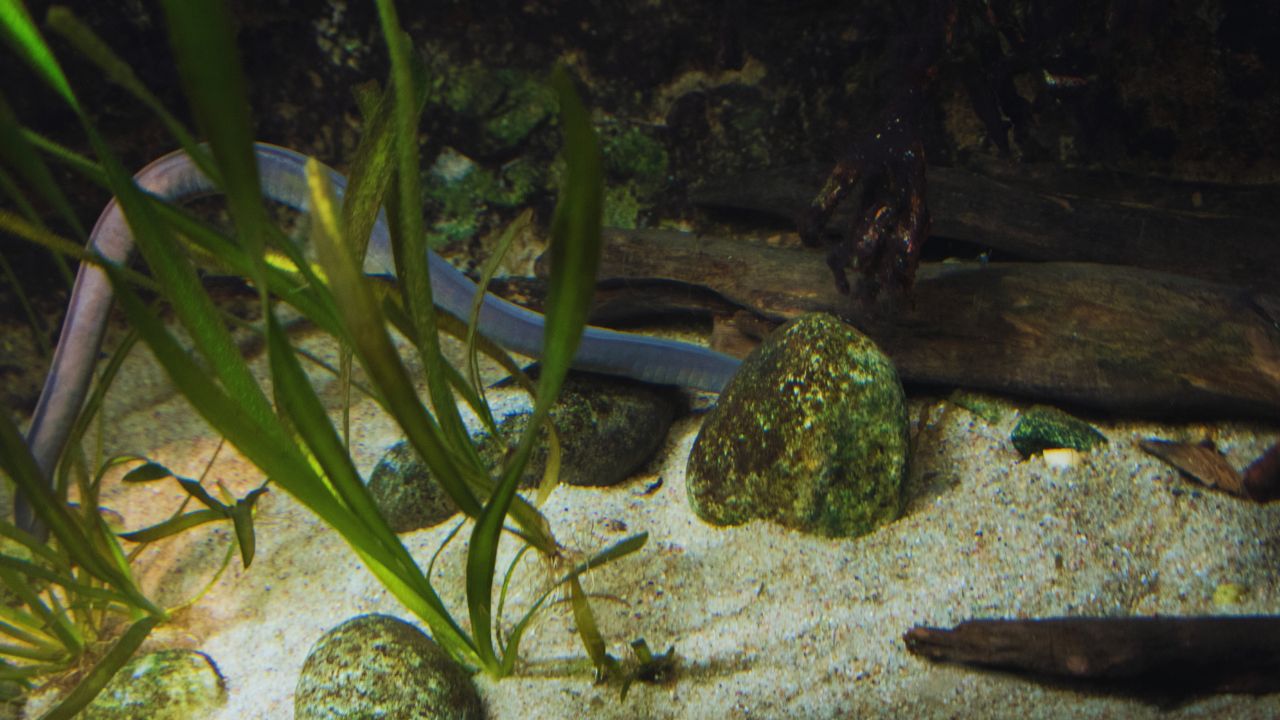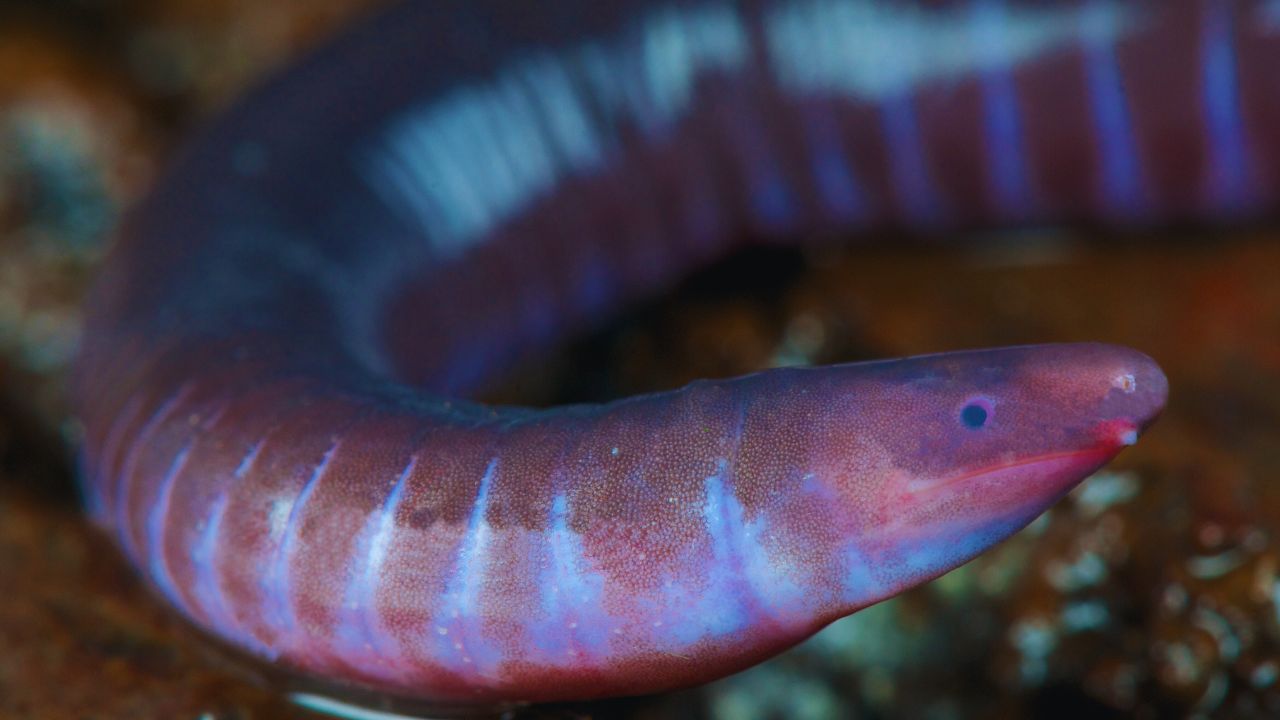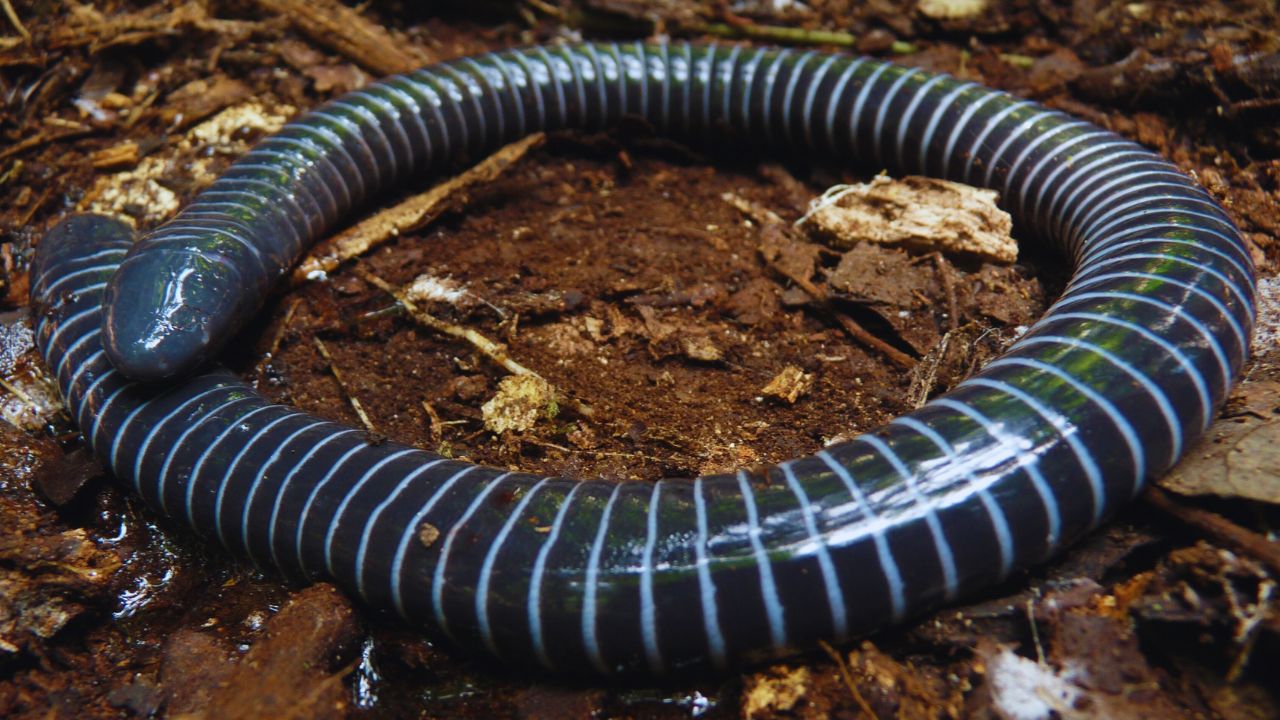A distinct and often disregarded class of limbless amphibians, caecilians have an amazing range of physical adaptations that allow them to flourish in their underground habitats. One of these adaptations is the coiled system of tendons in their body, which is essential to their capacity to move ahead while digging tunnels through thick substrates like dirt. Comprehending this technique reveals the evolutionary resourcefulness of these organisms and sheds insights on the wider adaptations required for subterranean living.

Overview of Caecilian Anatomy and Tendon Function
| Aspect | Description |
|---|---|
| Caecilian Anatomy | Limbless, elongated, cylindrical amphibians with smooth skin are adapted to a fossorial (burrowing) lifestyle. |
| Axial Musculature | Developed to facilitate undulating movements, aiding in navigation through compact spaces. |
| Coiled Tendons | Tough, fibrous tissues coiled within the body, functioning like internal springs to store and release energy for propulsion. |
| Tendon Function | Tendons compress during muscle contraction, storing elastic potential energy. This energy is released to propel the caecilian forward. |
| Biomechanical Advantage | Amplifies force generated by muscles, enabling efficient movement through dense substrates with minimal energy expenditure. |
| Stability Contribution | Tendons distribute forces evenly, preventing excessive bending or twisting and ensuring a straight, efficient burrowing path. |
An Overview of Caecilians’ Anatomy
Because of their smooth skin and limbless bodies, caecilians are elongated, cylindrical amphibians that are often confused for worms or snakes. Caecilians are a class of amphibians that live mostly underground and are seldom seen above ground, in contrast to their more well-known cousins, the frogs, toads, and salamanders. To enable effective burrowing, their fossorial lifestyle has led to a number of specialised modifications, mainly in their skeletal and muscular systems.

The extremely developed axial musculature of caecilians is one of its most distinguishing characteristics. The swaying motions that enable the animal to manoeuvre through small, constricted areas are produced by this muscle. But what really sets their digging method apart is the coiled collection of tendons within their body.
Tendons’ Function in Caecilian Movement
Tough, fibrous structures called tendon link muscles to bones so that the force required for movement may be transmitted. Tendons in caecilians are not only joiners; they are coiled inside the body in a complex way, almost like internal springs. This coiling helps with propulsion by both storing energy and releasing it in a regulated way.
Elastic potential energy is stored in the compressed, coiled tendons of caecilians as they contract their muscles. This energy is quickly released when the muscles relax, propelling the animal forward through the substrate in a forward push. Because of this very effective method, caecilians can walk through deep dirt with little energy consumption.
The Burrowing Process’s Biomechanics
It takes a lot of power to burrow through soil, especially on compacted or clay-rich substrates. Caecilians have a biomechanical advantage due to their coiled tendons, which increase the force produced by muscular contractions. In order to pass through thick materials and keep moving ahead, this amplification is essential.
The caecilian shortens and increases in girth as a result of the contraction of longitudinal muscles throughout the body. A transient cavity is formed when this expansion pushes outward against the surrounding substrate. The body snaps forward into the freshly formed space when the coiled tendons release their stored energy as the muscles relax. With the help of this contraction-release cycle, caecilians are able to “ratchet” their way through even the toughest soils, inch by inch.

The coiled tendons not only propel, but they also provide stability. The tendons assist in distributing the pressures uniformly throughout the body as the caecilian advances, avoiding extreme bending or twisting that would obstruct development. This guarantees that the animal burrows in a straight and effective direction.
Tendon Coiling’s Significance in Evolution
An excellent illustration of an organism’s evolutionary adaptation to a specialised niche is the formation of coiled tendons in caecilians. Fossorial animals—those that have evolved to live and dig underground—face particular difficulties that call for creative solutions. Tendon coiling most likely developed in response to the necessity for effective movement in a three-dimensional environment with high resistance and limited movement alternatives.
In contrast, other creatures that dig, such as moles or earthworms, use various techniques to go about digging in the dirt. Moles use their strong forelimbs for digging, but earthworms use their body segments’ peristaltic contractions. Instead of developing limbs, caecilians have developed a tendon-based system that is more suited to their unique way of life.

This system’s efficiency also points to a potential selection advantage in settings where energy savings are essential. Being able to move effectively while using the least amount of energy would be very beneficial for life in the energy-poor subterranean environment, where food supplies would be limited. This may help to explain why caecilians are found in many tropical areas and occupy a range of ecological niches.
Anatomy Comparative and Functional Morphology
It is useful to compare the anatomy of caecilians with that of other vertebrates in order to properly understand the importance of their coiled tendons. Tendons in most vertebrates are comparatively straight and uncoiled, with their primary function being to transfer force from muscle contractions to skeletal components. On the other hand, tendons often exhibit distinctive adaptations in animals that participate in specialised modes of locomotion, such as swimming, flying, or leaping.
Tendon coiling in caecilians is an extreme example of specialisation. Their coiling is an active part of their locomotor strategy, not just a passive structural characteristic. Together with the muscles and skeletal components, the tendons create a movement pattern that is strong and accurate.

Understanding the link between anatomical components and their functions—a field known as functional morphology—allows us to understand how these coiled tendons function within the larger framework of caecilian biology. For instance, caecilians’ highly flexible and controlled body structure is made possible by the way their tendons, muscles, and bones are arranged. This is crucial for manoeuvring in the intricate and often unexpected subterranean environment, where the capacity to alter course, dodge obstructions, and pierce various substrate types might be the difference between life and death.
Comparative and Evolutionary Significance
| Category | Details |
|---|---|
| Evolutionary Adaptation | Tendon coiling likely evolved in response to the need for efficient locomotion in dense, underground environments. |
| Comparison with Other Species | Moles use powerful forelimbs, and earthworms use peristaltic contractions, while caecilians rely on tendon-based propulsion. |
| Energy Efficiency | Tendon coiling conserves energy, providing a survival advantage in energy-scarce underground environments. |
| Functional Morphology | Coiled tendons work with muscles and skeletal elements to produce powerful and precise movements, crucial for navigating complex subterranean spaces. |
| Adaptation to Environment | Tendon coiling allows caecilians to move through various types of soil, ensuring survival across different ecological niches. |
Possible Uses for Bioinspired Engineering
There may be uses for the study of caecilian movement outside of biology, namely in relation to the function of coiled tendons. Engineers and designers often draw inspiration from the natural world to build more effective machinery and gadgets. The idea of coiled tendon energy storage and release might be useful in the design of robotic systems, especially those meant for difficult-to-explore areas.
For instance, a tendon-based propulsion system akin to caecilian propulsion would be advantageous for search-and-rescue robots intended to manoeuvre through debris or collapsed buildings. A technology like this would make it possible to travel through confined locations effectively while preserving the capacity to provide strong force when needed. This could increase robot efficacy in situations where conventional wheeled or leg movement would be impossible.

Furthermore, the creation of innovative materials and structures may benefit from an understanding of the principles underlying caecilian mobility. The capacity of coiled tendons to precisely store and release energy may serve as an inspiration for the development of innovative springs, shock absorbers, and other device designs that call for exact control over force and motion.
Future Paths for Research
There is still much to learn about the function of coiled tendons in caecilian movement, despite the fact that much has been discovered. To learn more about how these tendons’ material characteristics affect their functionality, future studies may concentrate on the molecular makeup of these tendons. Furthermore, research on the embryonic biology of caecilians may shed light on the formation and evolution of these features across time.
Investigating how environmental influences affect tendon coiling and function is another exciting line of inquiry. Do caecilians inhabiting different soil types, for instance, display differences in tendon structure? Gaining a greater understanding of these differences may contribute to our understanding of the adaptive relevance of tendon coiling and its involvement in caecilian evolutionary success.

Additionally, comparing research with other burrowing species may provide insight into how comparable locomotor methods have evolved convergently. Through exploring the ways in which various species have overcome the difficulties associated with subterranean mobility, scientists may expand their comprehension of the laws regulating movement in intricate settings.
Applications and Future Research
| Area | Insight/Research Direction |
|---|---|
| Bio-inspired Engineering | The tendon-based propulsion system in caecilians could inspire the design of efficient robotic systems for exploration in challenging environments. |
| Material Science | The controlled energy storage and release of coiled tendons could inform the development of advanced materials and structures, such as springs or shock absorbers. |
| Comparative Studies | Investigating other burrowing animals to explore convergent evolution of similar locomotor strategies provides broader insights into underground movement. |
| Developmental Biology | Exploring how coiled tendons form and evolve over time enhances understanding of their adaptive significance. |
| Environmental Impact | Studying the influence of different soil types on tendon structure and function reveals how caecilians adapt to various substrates. |
Caecilians’ coiled network of tendons is an amazing illustration of how evolution has adapted organisms to fit certain ecological niches. These tendons, which provide both propulsion and stability, are essential to the animals’ capacity to dig through thick materials. The coiled tendons of caecilians enable them to move through their subterranean homes with efficiency, accumulating and releasing energy in a regulated way that conserves energy while exerting the force required to manoeuvre through difficult terrain.
This unusual adaptation not only demonstrates the creativity of caecilians in their evolutionary history, but it may also provide new perspectives on bioinspired robotics and engineering. Lessons from these amazing amphibians might be used in a variety of industries, like as robotics and materials science, as study into the intricacies of caecilian mobility continues.





